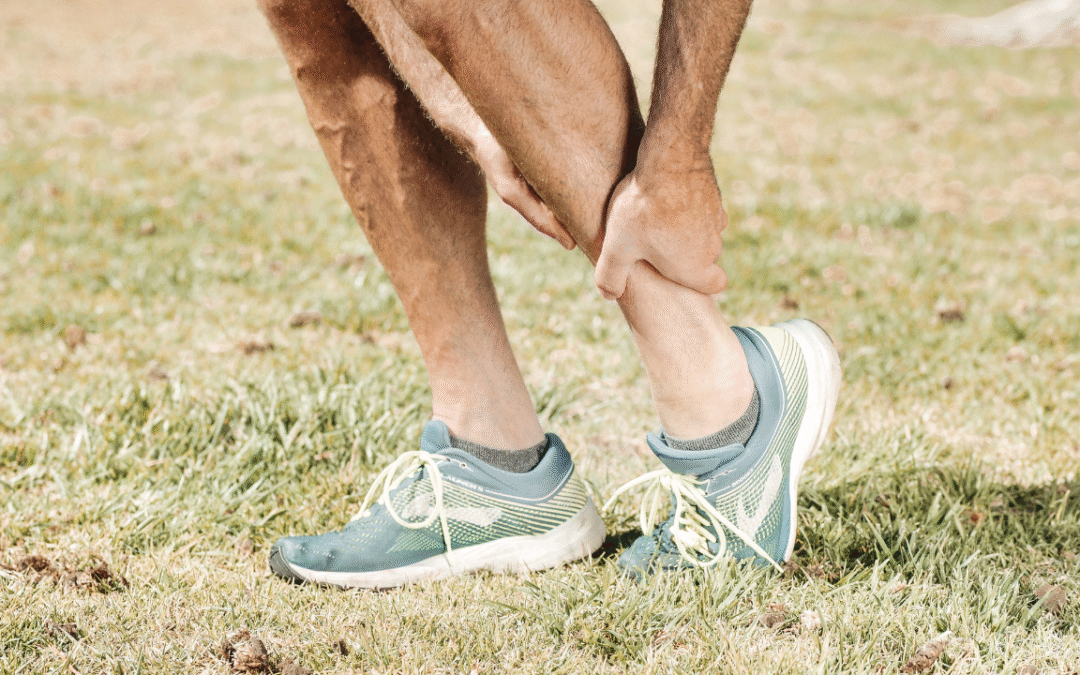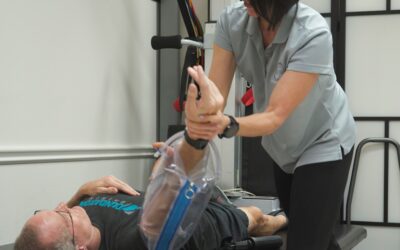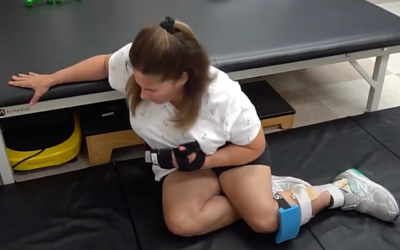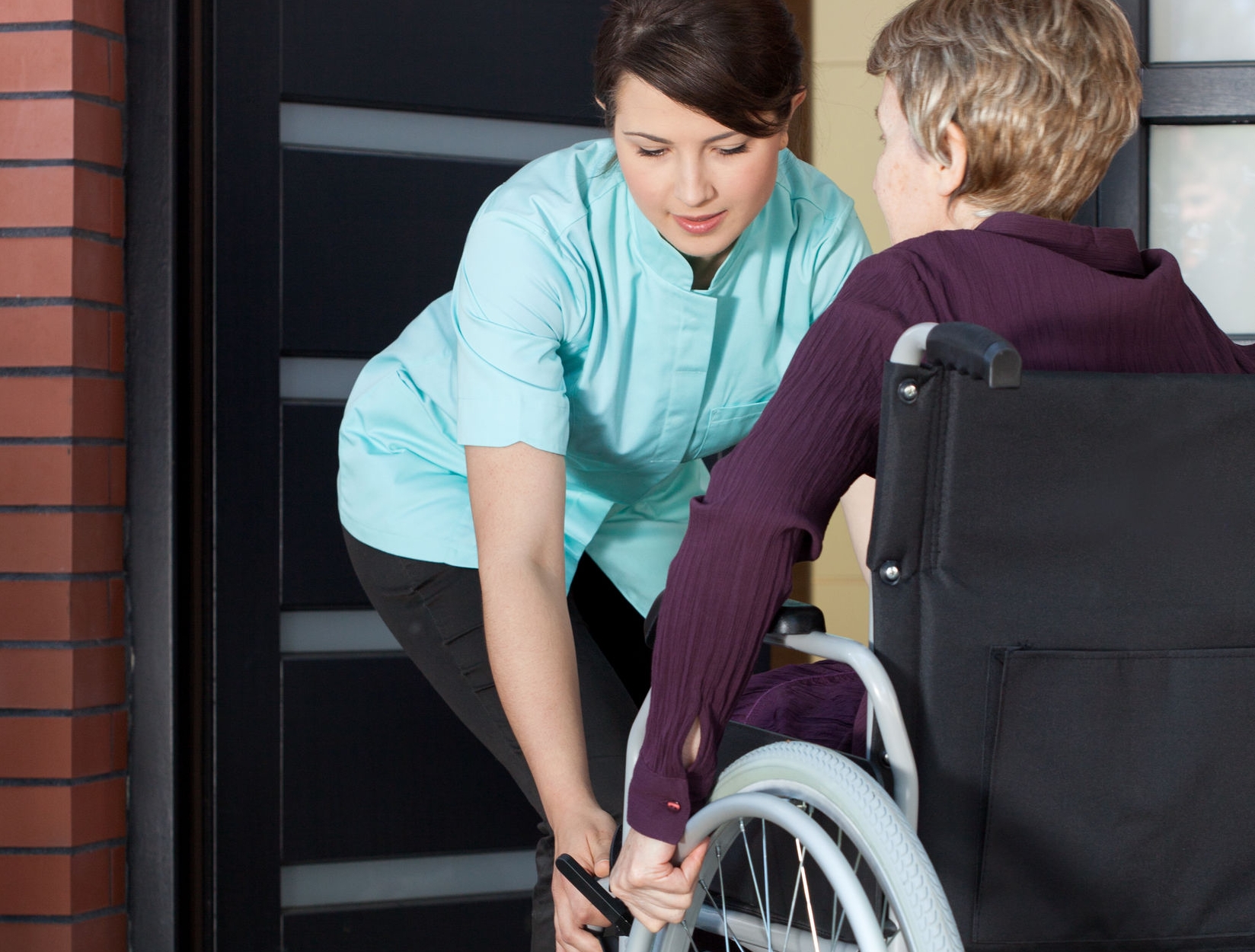Ankle Mobility Exercises to Boost Balance and Walking
Ankle stiffness is one of the most common issues people face after a stroke or any neurologic injury. It can make walking harder, cause your toes to catch, or even affect your balance. But here’s the thing, improving ankle mobility doesn’t have to be complicated.
In this blog, I’ll walk you through why ankle motion matters, what causes stiffness, and easy ways to stretch your ankle safely at home.
What is Ankle Dorsiflexion?
Dorsiflexion is when your foot comes up closer to your shin bone, basically the opposite of pointing your toes. It helps you lift your foot when you walk so you don’t trip or drag your toes. You need about 10 degrees of that upward motion for normal walking.
If your ankle doesn’t move enough, your step can look “flat-footed” or you might have trouble getting your heel to the ground when you walk.
Why Does the Ankle Get Stiff?
There are a few reasons why someone might lose ankle range of motion after a stroke or other neurologic injury. Understanding this helps you figure out which stretches are right for you.
1. Seated Stretch (Great for Most People)
Sit in a sturdy chair and put your foot on a small step or stool in front of you. Bend your knee so it’s directly over your ankle and lean forward gently.
If you can’t lean forward, you can place a small weight (like a sandbag or bag of rice) on top of your leg to add pressure.
Hold that position for about a minute.
2. Wall Stretch
If your foot tends to slide forward, do the same thing but place your toes against a wall. This helps hold your foot in place.
Lean your knee toward the wall until you feel a gentle stretch in the back of your ankle.
3. Standing Stretch
Step one foot forward and keep your back heel down. Bend your front knee and let your body weight gently stretch the back ankle.
Hold for about one minute, then switch sides.
4. Gentle Rocking Stretch
If your ankle bones feel stiff, try this one:
Tie a resistance band (TheraBand) around the front of your ankle and attach it to something sturdy behind you. Gently rock forward and backward.
This helps your ankle joint move more freely.
A Few Helpful Tips
Keep your heel down during stretches.
Hold stretches for 30–60 seconds.
Don’t push into pain. A gentle stretch is enough.
Be consistent! Doing these every day helps the most.
Final Thoughts
Regaining ankle flexibility takes time, patience, and consistency, but every small improvement matters. When you work on stretching your ankle toward dorsiflexion, you’re not just loosening muscles, you’re retraining your body to walk smoother, feel steadier, and move with more confidence.
Remember: it’s not about forcing a stretch or chasing quick results. Focus on gentle, controlled movement and good positioning. If something feels painful, ease up or adjust your setup.
Try adding one or two of these stretches into your daily routine. Over time, you’ll start to notice those little wins, like being able to step more easily, keep your heel down, or feel more balance when walking.
Your brain and body are both learning every time you practice, so stay patient and celebrate every bit of progress.
Want to Go Further?
If you’re ready to take your rehab to the next level, check out our Membership Plans. You’ll get access to 400+ neuro-specific exercises, plus our live Q&A sessions every month where I answer your questions personally.
You’ve got this! Keep moving and keep stretching.
Articles you may be interested in
What is Stroke Rehabilitation?
Most likely you or someone you know will require stroke rehabilitation in their lifetime. The fact is, 700,000 people suffer a stroke each year (in the US) and two-thirds will survive. Of those who survive, post-stroke rehabilitation is critical. What is Post-Stroke...
Stroke Walking Aide: Product Guide
Re-learning how to walk after a stroke can be challenging. And finding the best walking aid can be one of the most critical decisions when it comes to regaining your independence. But with so many different options on the market, how do you choose? Well, you are in...
Getting up from the floor: Advanced
Getting up from the floor is an invaluable skill to have in your mobility "toolbox". First, it offers peace of mind knowing that if you ever find yourself (unintentionally) on the floor, you could help yourself. Second, getting on the floor (and getting back...
Returning Home After a Stroke
So, you finally get the great news you have been waiting for. You are FINALLY returning home after your stroke. But is it? I mean, IS it good news? Am I ready to take care of myself? Can I take care of myself? If you...







